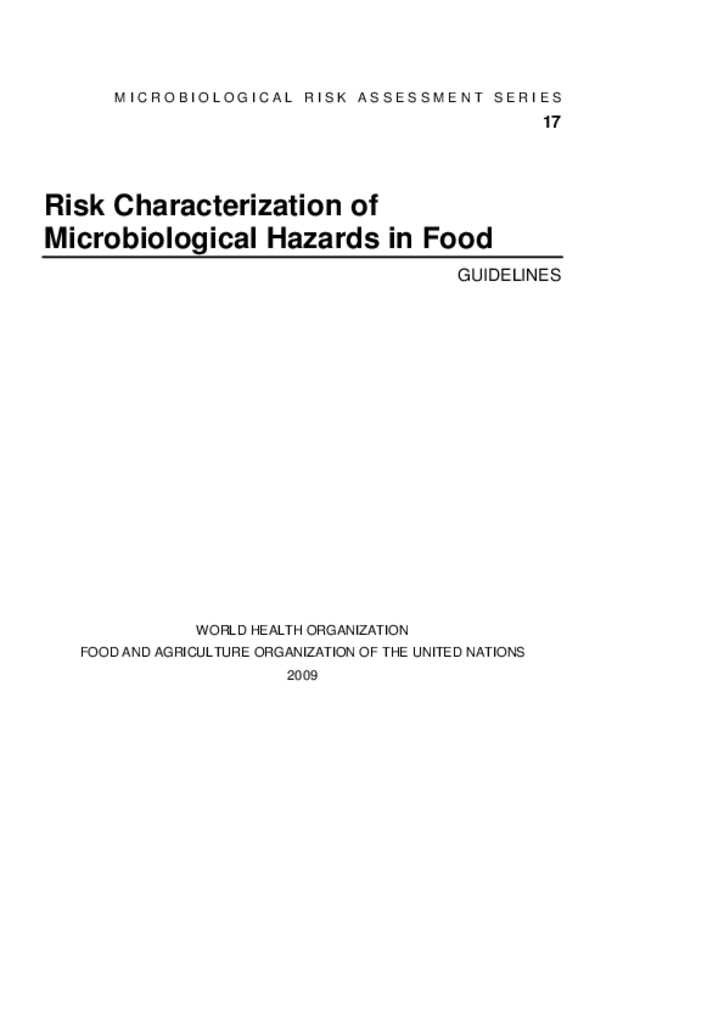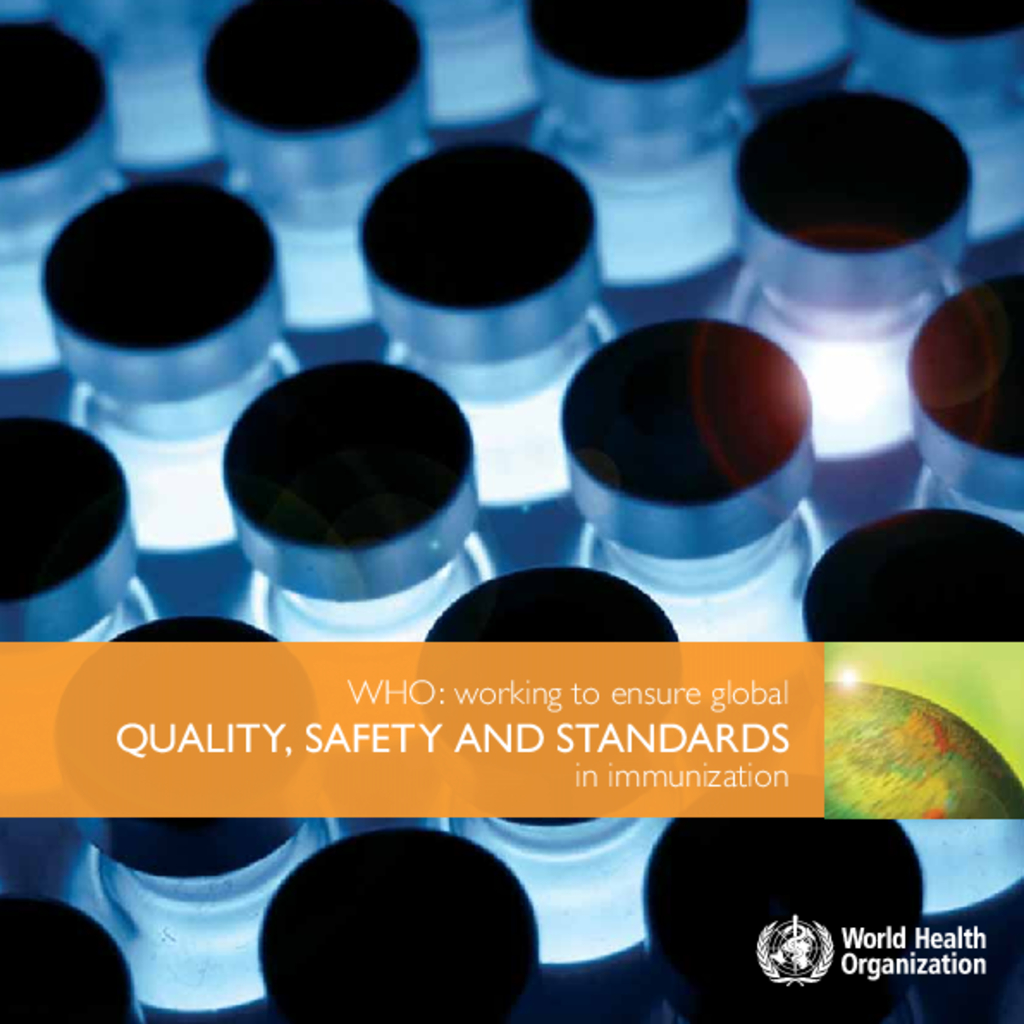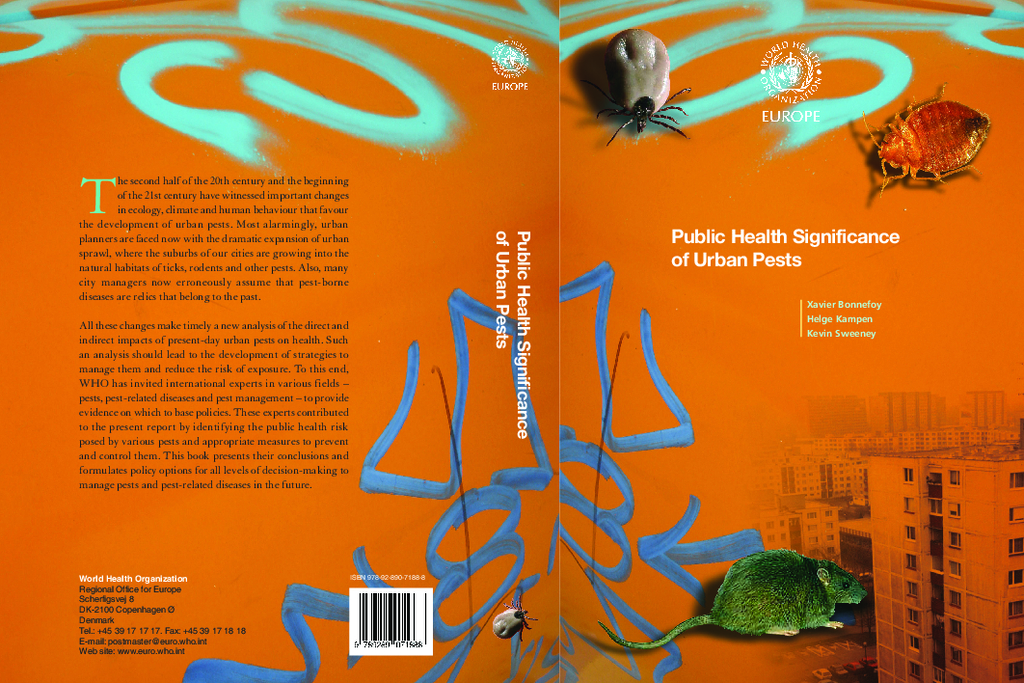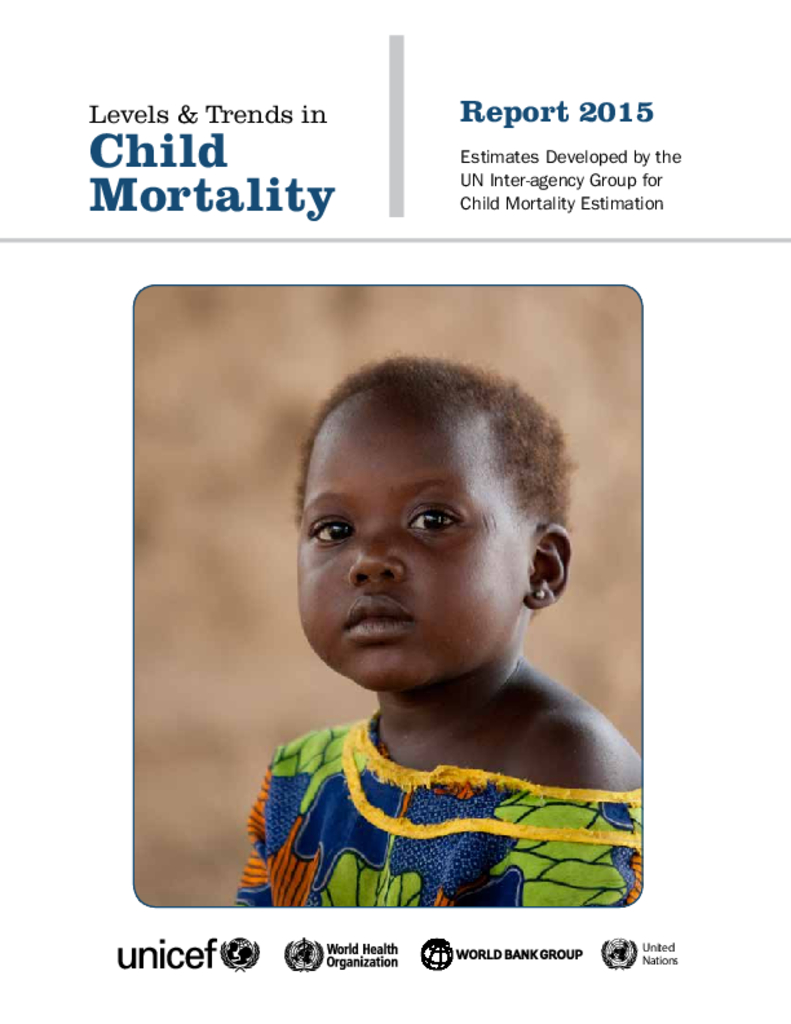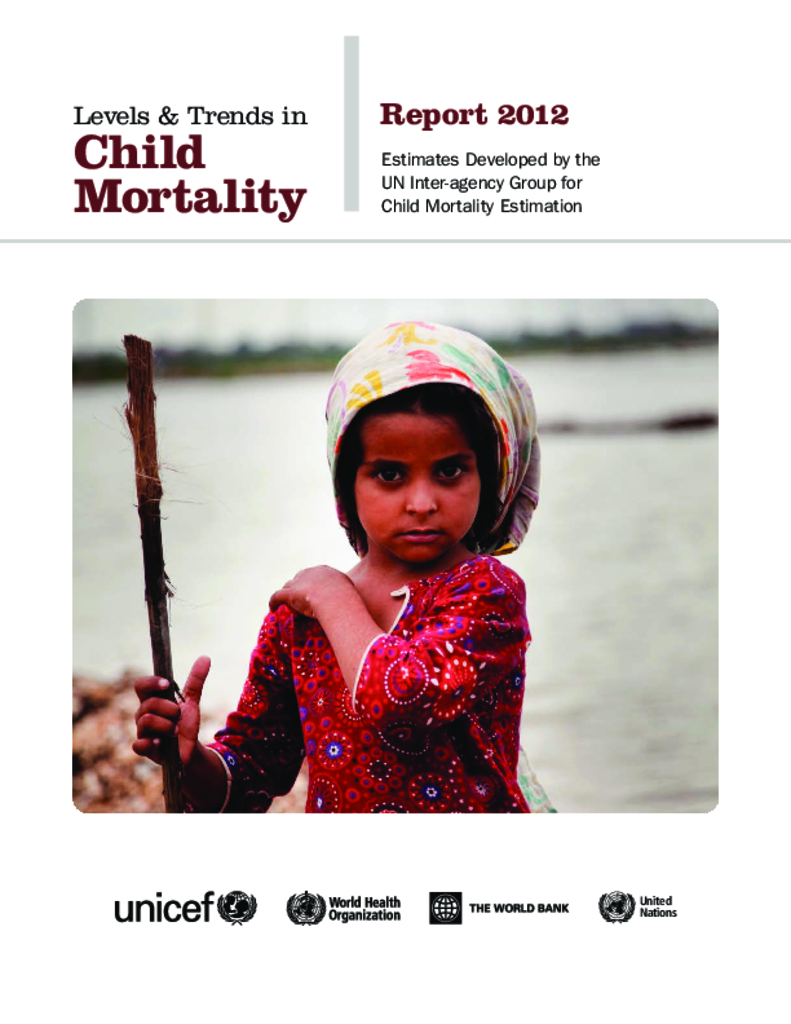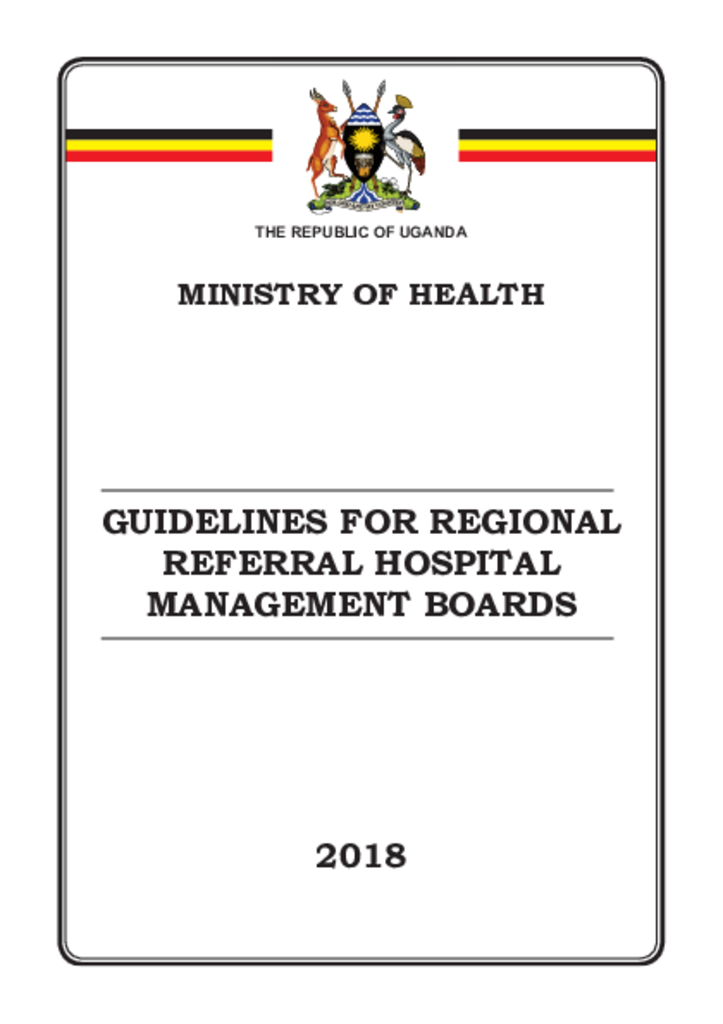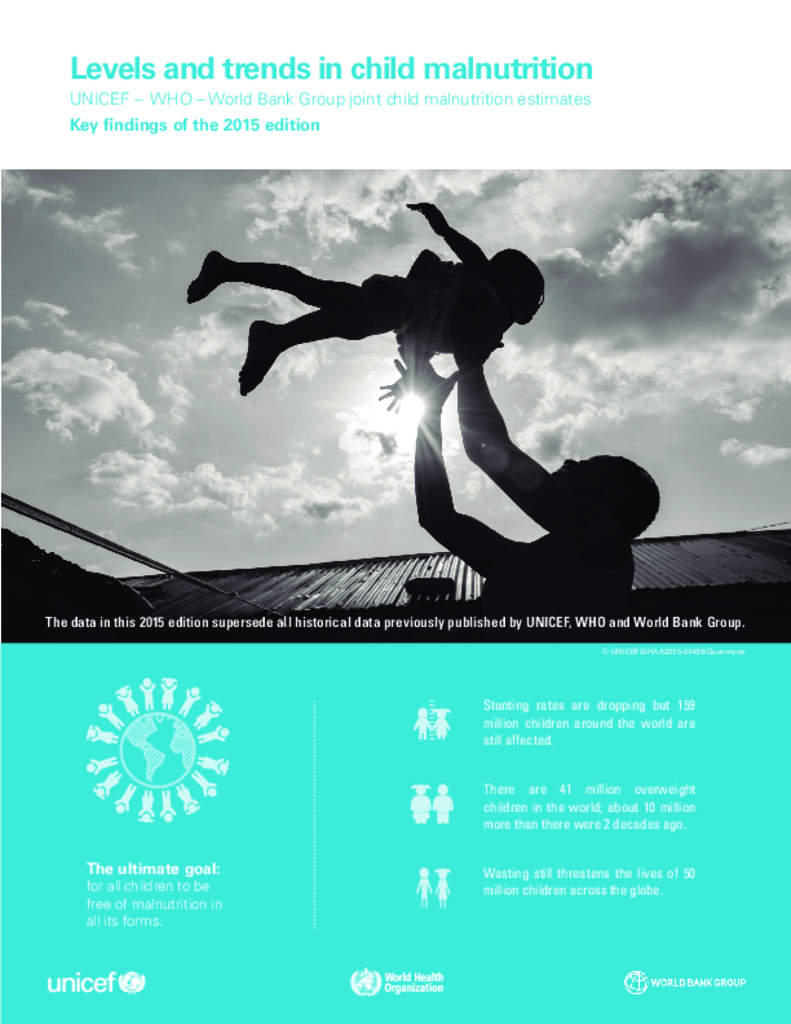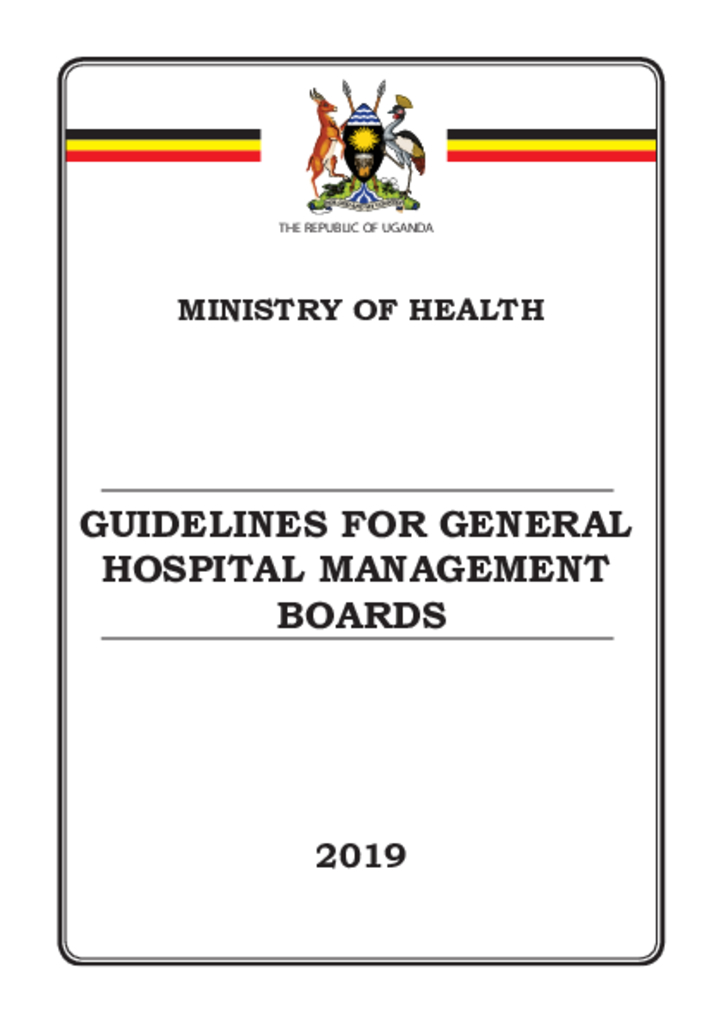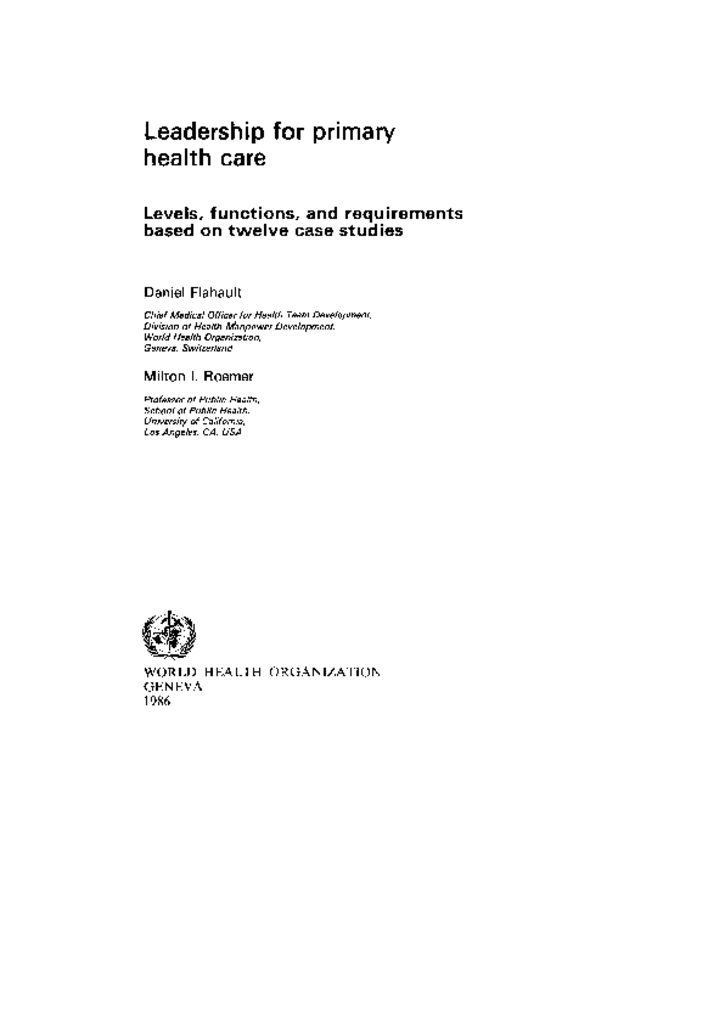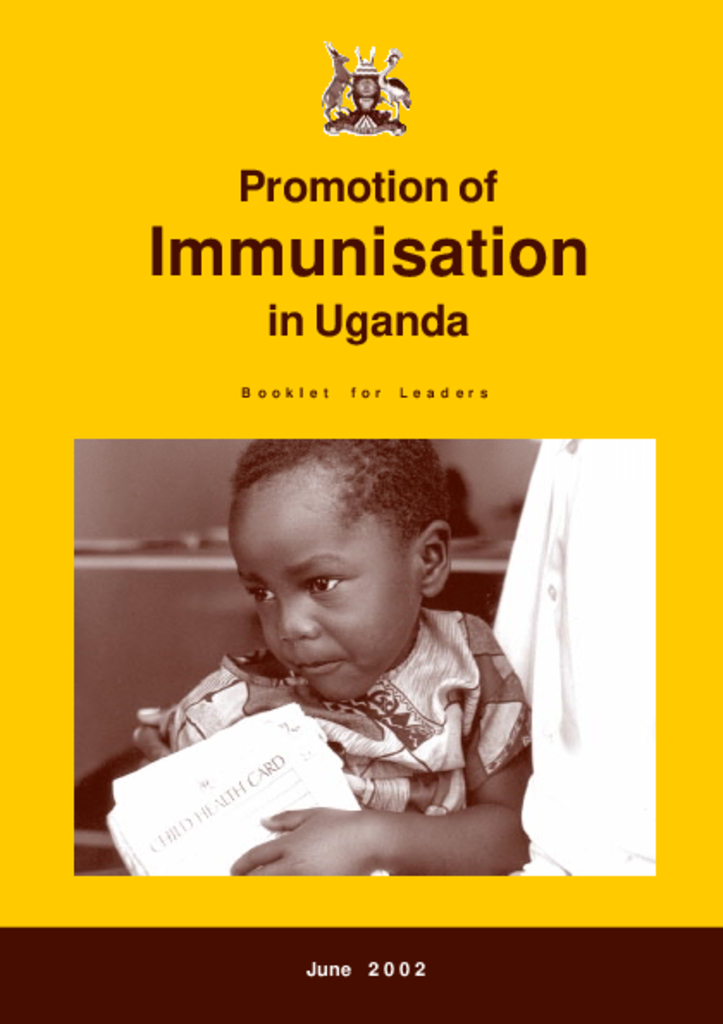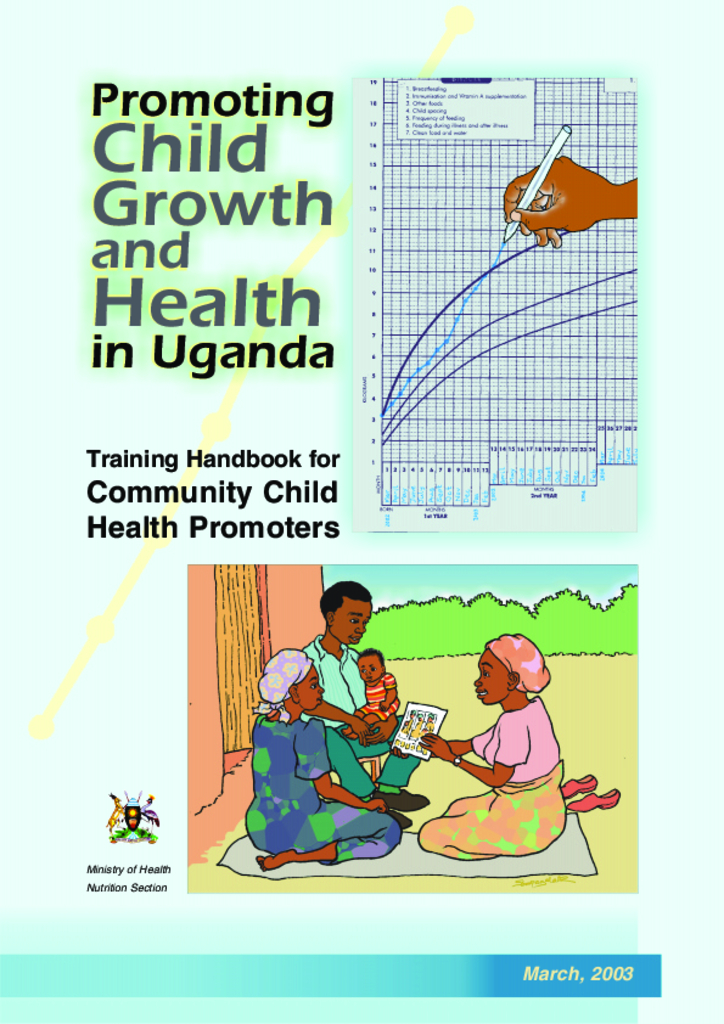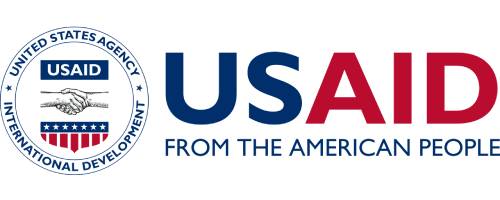Risk assessment of microbiological hazards in foods (Microbiological Risk Assessment – MRA) has been identified as a priority area of work by the Codex Alimentarius Commission (CAC). Following the work of the Codex Committee on Food Hygiene (CCFH), CAC adopted Principles and Guidelines for the Conduct of Microbiological Risk Assessment (CAC/GL-30 (1999) – CAC, 1999). Subsequently, at its 32nd session, the CCFH identified a number of areas in which it required expert risk assessment advice. At the international level it should also be noted that the World Trade Organization (WTO) Agreement on the Application of Sanitary and Phytosanitary Measures (WTO, no date) requires members to ensure that their measures are based on an assessment of the risks, as appropriate to the circumstances, taking into account thecrisk assessment techniques developed by the relevant international organizations
WHO’s quality, safety and standards work in the area of immunization focuses on enabling the use of vaccines, other biological medicines and immunization related equipment that meet current international norms and standards of quality and safety
This report provides sound evidence that urban areas are being exposed increasingly to pests and (through them) to pest-related diseases. This multi-faceted problem of increasing exposure entails environmental, structural, institutional, regulative, managerial, financial, scientific and climatic aspects. Solutions that will better protect public health, by implementing improved pest and pest-related disease management, have been identified. These solutions address the need for legal action, education, institutional capacity building and research at international, national and local levels. The conclusions drawn are based on the currently available evidence but it is important to understand that there are some major factors, such as the impact that climate change will have on landscapes, ecosystems and the future patterns of vector borne diseases, that are going to be very important in the future.
Child mortality is a core indicator for child health and well-being. In 2000, world leaders agreed on the Millennium Development Goals (MDGs) and called for reducing the under-five mortality rate by two thirds between 1990 and 2015 – known as the MDG 4 target.
It has been 12 years since world leaders committed to Millennium Development Goal 4 (MDG 4), which sets out to reduce the under-five mortality rate by two-thirds between 1990 and 2015.
Regional Referral Hospitals fall under the direct supervision of the Ministry of Health. They specialized clinical services such as medicine, surgery, paediatric, and obstetrics and gynaecology.
In addition, they psychiatry; ear, nose, and throat; ophthalmology, and clinical support services (laboratory, medical imaging, and pathology). They are also involved in promotive, preventive, and rehabilitative services in addition to teaching, research, and technical support supervision to lower-level units
In September 2015, UNICEF, WHO and World Bank Group released updated joint child malnutrition estimates for the 1990 to 2014 period, which represent the most recent global and regional figures after adding 62 new surveys from 57 countries to the joint dataset. This key findings report summarizes the new numbers, main messages and identifies some minor changes in methodology.
Hospital Management Boards are the governance structures. The Boards promote participation and ownership of health services by the community, advocate for improved quality of service delivery, and promote transparency in the management of the Boards in pursuit of one of the policy objectives of the Second National Health Policy which is to ensure that communities are empowered to play their role, take responsibility for their own health and ensure that they actively participate in the design, planning, and management of health services.
The extension of Health care to all people has been an objective of the national Health systems for many years and since the Alma-Ata confrence on Primary Health Care in 1978,Countries have pursued this aim with greater vigour.
This booklet has been developed to provide basic information on immunisation for leaders to enable them mobilise their communities to promote and utilise immunisation services. The booklet explains the importance of immunisation, the childhood immunisable diseases and the roles of community leaders in promoting immunisation services. These community leaders include political, civic, traditional, religious, cultural and other opinion leaders.
This handbook is written to help growth promoters in the community do their work well in their communities. It will guide you, the growth promoter, to help caregivers keep their children healthy. You will use it during your training to be a child growth promoter, and afterward have it to refer to as you do your work.
